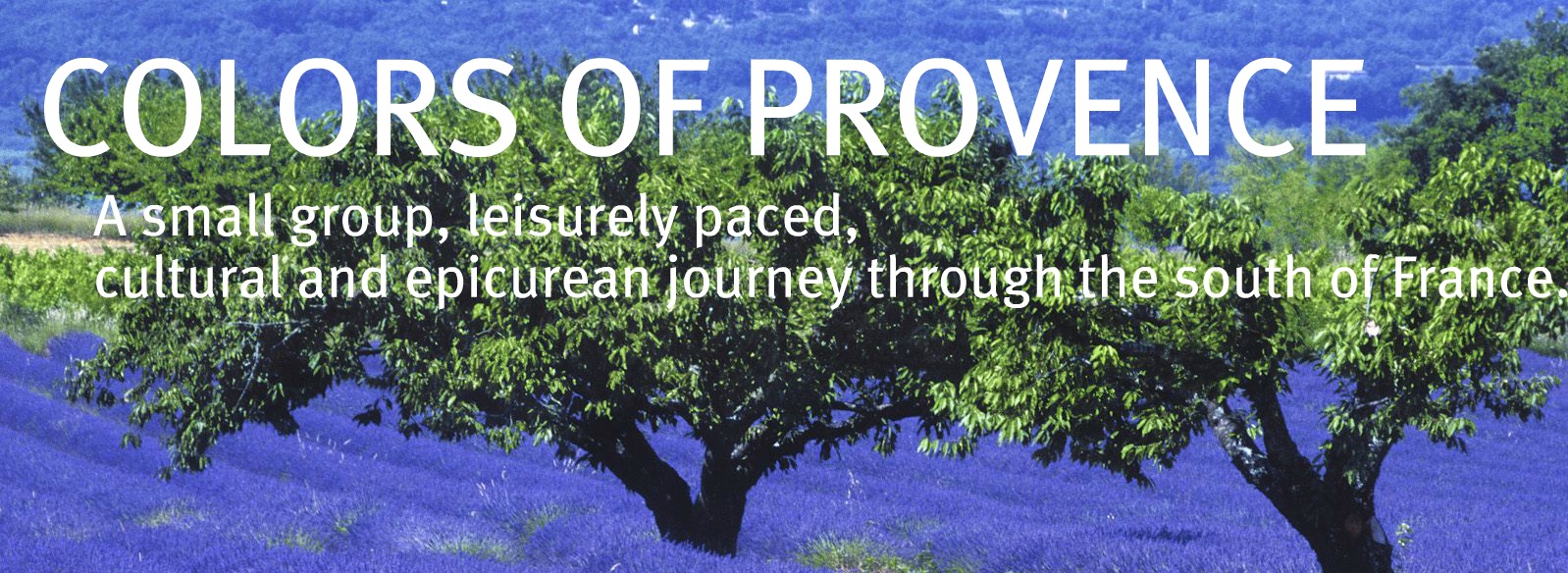Cheeses of Provence
Blessed with rugged mountains, fertile river valleys and coastal plains, long hot dry summers and short winters, Provence produces an extraordinary variety of food and wine - and of course that includes a significant number cheeses.
Banon
Banon, the most famous cheese in Provence, is made solely from raw goat’s milk and is ripened in chestnut leaves.
Banon is one of the oldest cheeses in the Provence region and originated from the need to preserve the cheeses for the winter. The early cheese makers took a normal goat’s milk cheese and deliberately dried it out then wrapped it in chestnut leaves in the fall. They then put the cheeses in jars with an alcohol from the region, and then placed them near heat, and little by little they’d eat the cheese through the winter, which became their main source of protein.
Now Banon is produced by more than 30 dairies. Banon varies from other goat’s milk cheese because the curds are quickly set with animal rennet, rather than depending on long and slow overnight lactic coagulation. The reason for this traditional technique dates back to the days before refrigeration when the hot, dry climate, made it difficult to cool fresh milk and prevent it from coagulating before cheese making. After the young curds are drained for several days the chestnut leaves are softened with water. The number of chestnut leaves used to wrap the cheese is strictly controlled and the natural raffia used to tie them must only be passed around the cheese a total of eight times. The end result should be something creamy with lots of mushroom notes and oaky, mossy and earthy overtones.
Banon should be eaten as is, lightly pan-fried or baked on fresh bread.
Brousse du Rove
A fresh unsalted cheese called Brousse du Rove once only sold on the streets of Marseilles and its namesake is a small village to the west of the city and claims to date back to a Greek shipwreck over two thousand years ago.
It is rumoured that the goats from the ship apparently bred with the local goats creating a tough dual purpose breed, whose numbers dropped for some time, but are now increasing rapidly thanks to the revival of interest in farmhouse cheese. This breed thrives on the sparse vegetation of Provence and provides 1.5L of remarkably rich milk for cheese making per day.
Bruce du Rove is made by heating the milk to 90 degrees. Once the milk cools, vinegar is added and within seconds, curds begin to separate and float to the surface, which are carefully collected in a sieve. The curds are then drained into small cylindrical tubes and the cheese is eaten fresh. It has an extremely short shelf-life of only 2-3 days which means only locals can enjoy this beautiful fresh cheese which locals say would be perfectly accompanied by a lavender honey.
There are now 10 producers of genuine Brousse du Rove but as the demand for this extraordinary fresh cheese escalates, many imitations are being developed made from milk other than the Rove goat. To defend the original Brousse du Rove local farmers formed a resistance movement in 2007 and it was quickly recognised as an endangered cheese by the Slow Food Presidium.
St Marcellin
Regrettably, most of the farms that built the town of St Marcellin, have since disappeared, but at the dairy Fromagerie L’Etoile, where over 90% of the St Marcellin produced it is still made from raw milk.
A local cheese maker attributes the integrity of the cheese to the white plastic vats - which help control the acidity levels - and the large flat scoops used to move the curds into their draining moulds - which help retain the moisture, flavour and texture of the cheese.
Once the cheeses have been drained, the cheeses are turned by hand, before being removed from the hoops 24 hours later. They are then placed onto traditional wooden racks, which have natural qualities, considered essential in encouraging how quickly the cheese is drained and in preventing acidification or a ‘chalky cheese’.
In the refinement process the cheeses are placed on racks under fans in an airy room with louvre windows - a modern way of replicating the hot winds which blow across the region in summer and were once used to dry the cheese.
The St Marcellin are then placed back onto wooden trays and left to mature at a temp of 10 degrees for several weeks. Humidity and moisture are carefully controlled buy cross stacking the racks during maturation and the cheeses are regularly turned. The final selection of what is to go to customs is made by hand.
Picodon
Picodon is a well-known regional cheese made in the Roan river region that has links to both Banon and St Marcellin and dates back in written accounts to 1320. It is one of the oldest goat’s cheeses in this part of France and its name comes from the French verb to prick or sting, a traditional reference to its piquant flavour. Picodon was granted AOC status in 1983.
All of these cheeses, which are closely linked by history, only exist today by the shared passion and skills of the dedicated group of cheese makers determined to preserve their regional heritage.




